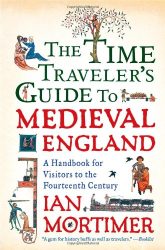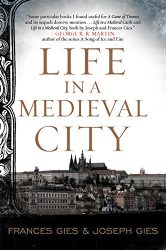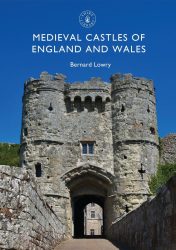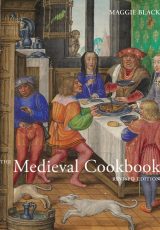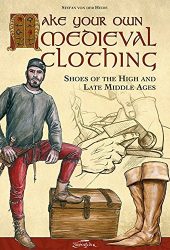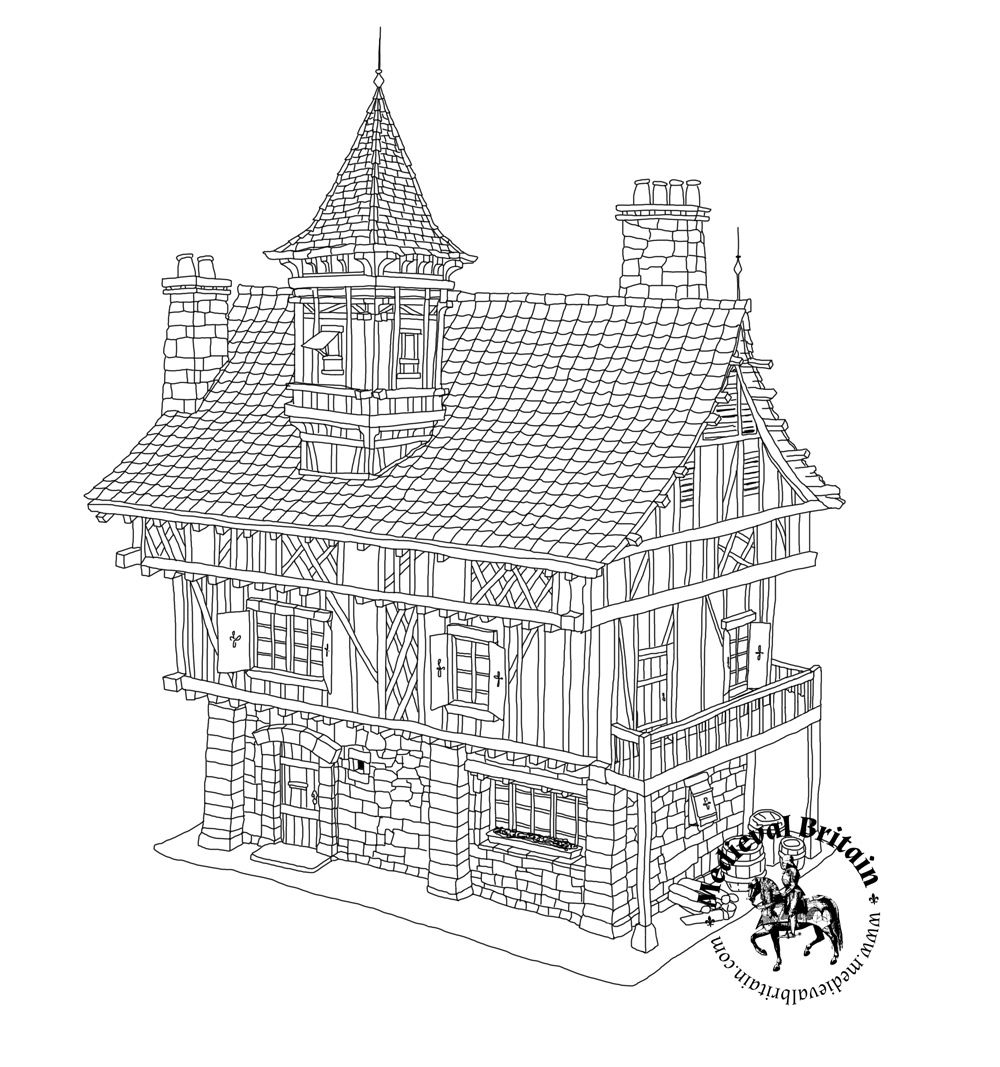
Medieval houses varied in style according to their location and the wealth of their owners. Most of them were most likely built with a timber frame and had two floors. The second floor usually had an overhang – even when these were technically forbidden because they decreased air circulation and increased the risk of fire.
The Ground Floor of a Medieval House
The ground floor of a medieval house was frequently used to:
- Have a shop,
- Keep livestock, or
- Practise a profession.
The First Floor of a Medieval House
The first floor of a medieval house could have:
- A hallway (the bigger the most prestigious)
- A chamber to sleep in,
- A kitchen,
- A living room, etc.
The living room was where most of the indoors activity would take place. There was usually a fireplace in the wall that separated this room from the kitchen. This fireplace could normally be accessed from the kitchen, which made it easier to maintain. The living room was usually the only heatable room – and sometimes the only one with windows facing the street. The furniture consisted mostly of a central table with chairs, and benches and chests with cushions. A lot of medieval living rooms were decorated with wooden panelling.
The second floor sometimes had a pergola, or a roofed passage with a staircase going down to the courtyard or the street.
In the later medieval period, houses could be made of brick, although most were still half-timbered because it was cheaper (some of these still exist today and are commonly referred to as Tudor houses). They had chimneys, the roofs were tiled and the windows had glass in them.
The Medieval Peasant House
In the early medieval period, peasant’s houses were probably made of straw and sticks. None of them has survived, so we can only guess. the reason for their simplicity was that most people couldn’t afford to pay someone to build them.
In the later medieval period, in particular, after the Black Death of 1384 killed a large portion of the population, there weren’t enough people to work the fields. Landowners began offering wages for anyone who would harvest their crops. With more money in their hands, peasants were now able to afford better housing. Wattle and daub were frequently used, which allowed the houses to become taller and wider than before.

Building a Small Medieval House
Building a medieval house was relatively straightforward:
- Construct a framework out of timber.
- Fill in the spaces between the timbers with wattle, or woven twigs.
- Daub the twigs with mud.
- Create a roof using straw.
Timber Sources for Medieval Houses
The scarcity of the timber could add to the cost of building a house in medieval times. While some peasants enjoyed the house of ‘housbote’ (which entitled them to take building timber from the lord’s wood), the quantities were rarely enough to complete a house.
It seems that peasants had to obtain timber by buying it on the open market (Archaeology UK). Some towns, like Stratford-upon- Avon, Lutterworth, and -unsurprisingly!- Woodstock served as outlets for timber from the Forest of
Arden. Guild records from the year 1500 AD show that a small oak tree cost 3d each and great oaks 8d. Without counting the price of labour, timber for one house could be around 10s. The median figure for a finished house (including telling, preparation and cartage) was around £4.
Because new tenants were not easy to find, and landlords didn’t want to let the buildings decay, it was fairly common to share the costs involving in constructing a house or repairing existing structures. For example, peasants could receive free timber and straw and only have to take care of the actual construction work.
Growth and Decay in Medieval Society - A Time of Opportunity?
‘For every symptom of decline, some related and opposite trend can be identified.’
Christopher Dyer Tweet
During medieval times, decay and growth coexisted in society. Villages were abandoned and rents declined. Which meant that peasants could expand their holdings if they could repair them and use the arable fields for grazing animals. meat, wool, Rhodes, and bones were frequently more valuable than grain – in particular because of the new demands of medieval town-dwellers.
For many peasants, the later middle ages were a period of opportunity. Benign landlords, good health and low costs created an atmosphere of entrepreneurship, investment and craftsmanship. And it paid off. Some of these houses are standing today, over 500 later!
Books about Medieval Architecture and Life
Medieval Occupations

Medieval Minstrel
Medieval minstrels sang, played musical instruments, and told engaging stories. Here’s what life was like for a minstrel in the Middle Ages.
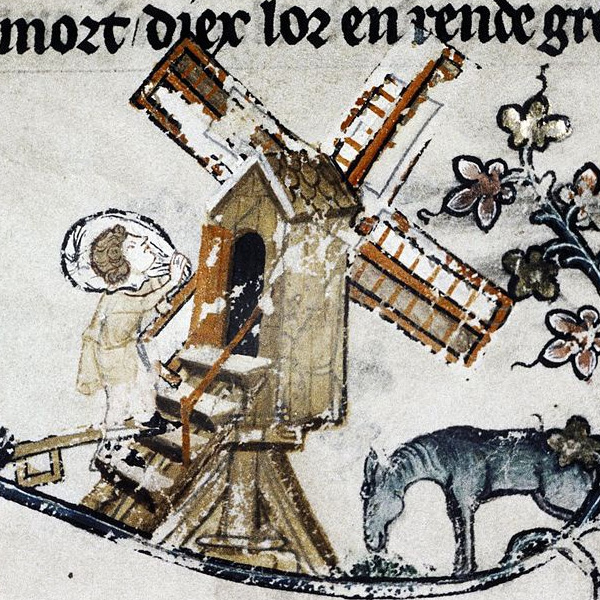
Medieval Miller
Millers were some of the most important tradesmen in the Middle Ages. Learn more about this medieval profession and how millers lived.
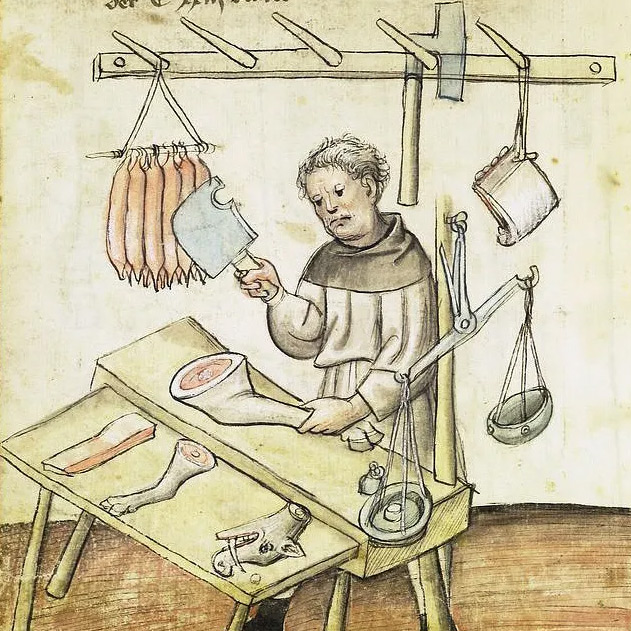
Medieval Butcher
Middle Ages butchers prepared meat, fish, and fowl for the people in a castle or a city. They sometimes had stalls in a marketplace.
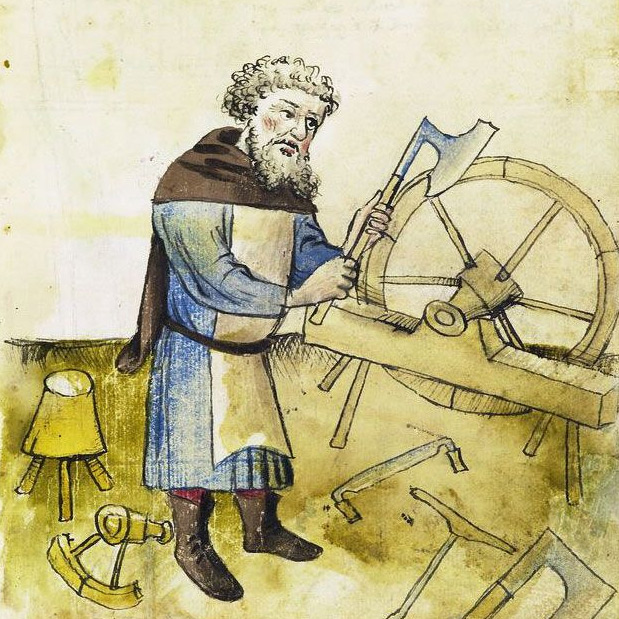
Medieval Wheelwright
Medieval candlemakers made candles from materials such as fat, tallow and beeswax.

Medieval Shoemaker
Medieval candlemakers made candles from materials such as fat, tallow and beeswax.
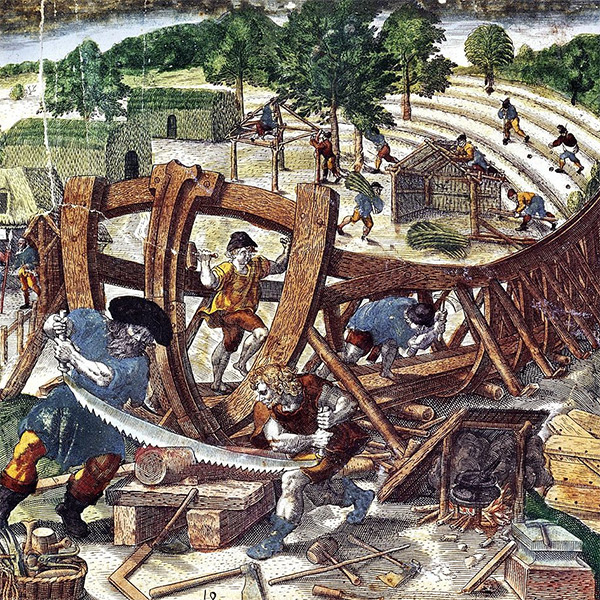
Medieval Shipwrights and Shipmaking
Being a sailor in the middle ages meant living a lonely and difficult life, as they would often set sail for months or even a year at a time.

